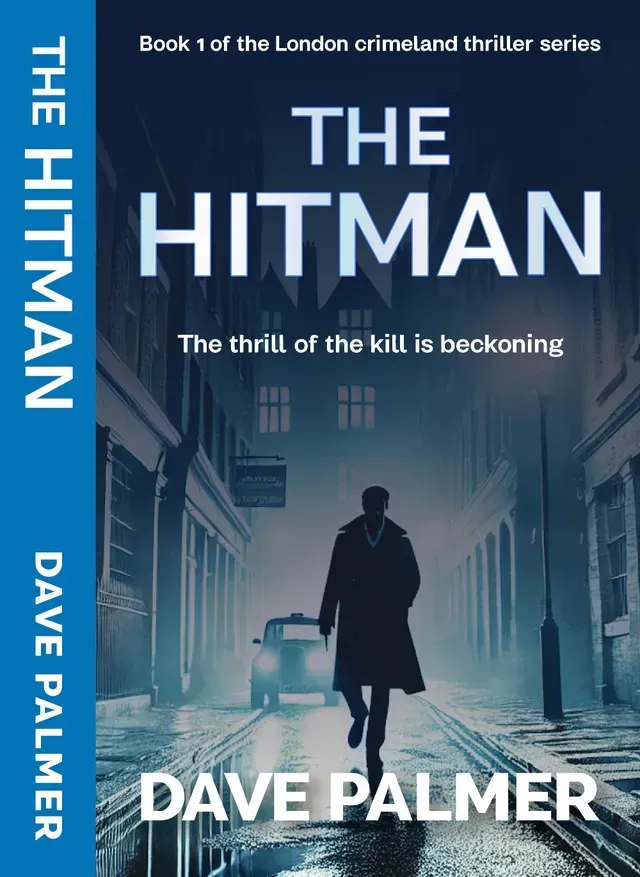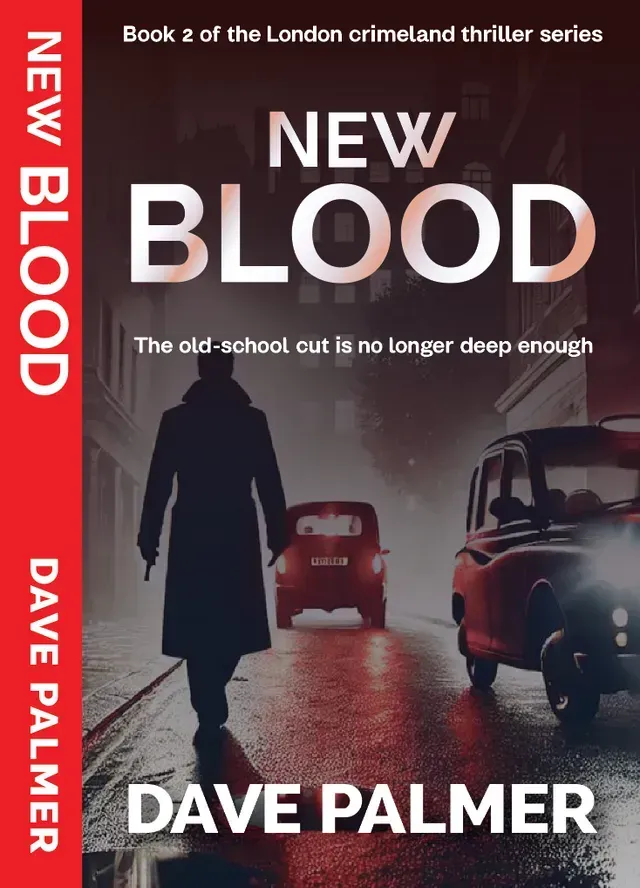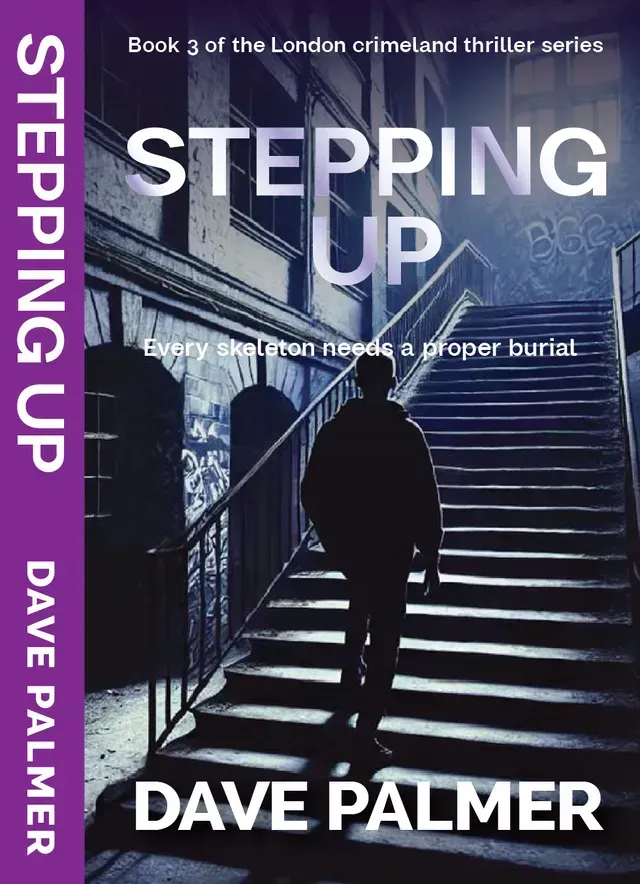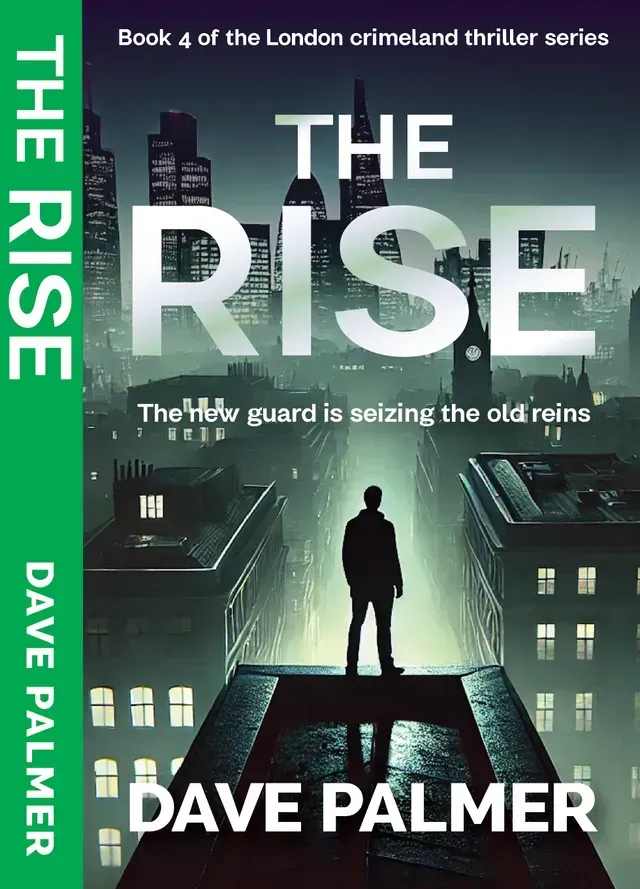Cover Design Mistakes That Kill Book Sales (and How to Avoid Them)
Why Your Cover Is More Than Just Art
Your book cover is the first thing readers see — and often the deciding factor between “buy” and “browse away.” On Amazon and other marketplaces, your cover has to grab attention instantly, communicate genre, and look professional even as a tiny thumbnail.
Many indie authors invest heavily in writing and editing, but try to cut corners on cover design. Unfortunately, a weak or confusing cover can destroy sales even if your story is brilliant.
The Most Common Cover Design Mistakes
1. Wrong Genre Cues
Readers look for visual signals that instantly tell them what kind of book they’re buying.
Romance covers often use soft tones, intimate imagery, and elegant script fonts.
- Thrillers tend to have bold typography, dark colour palettes, and high-contrast imagery.
Fantasy covers might use intricate lettering and epic scenery.
If your cover doesn’t match your genre, it confuses shoppers and hurts conversions.
2. Low-Resolution or Stocky Images
Pixelated photos, clip art, or overused stock photography scream amateur.
- Always work with 300 dpi images.
- Avoid stock photos you’ve seen on dozens of other covers.
- Use original or custom-designed artwork when possible.
3. Poor Typography Choices
Fonts do more than spell out your title:
- Avoid decorative fonts that are hard to read at thumbnail size.
- Don’t mix too many fonts (stick to one or two families).
- Ensure title and author name stand out clearly.
- 4. Ignoring Thumbnail Readability
Most book shopping happens online — often on mobile. Shrink your cover to Amazon thumbnail size and check:
- Is the title still legible?
- Does the design look clean or cluttered?
- Are the colours distinct enough to pop on a white background?
5. Clashing Colour Schemes
Colours influence mood and genre:
- Bright neons might suit YA fantasy but not historical fiction.
- Dark, moody covers work for thrillers but can kill a light romance vibe.
Stick to a limited, high-contrast palette that complements your genre and is easy on the eyes.
6. Overloading with Too Much Detail
Covers should be instantly understandable — not a puzzle. Don’t:
- Add multiple busy images
- Include too many taglines or quotes
- Fill every corner with symbols or graphics
Less is usually more.
How Professional Designers Elevate Your Book’s Appeal
A skilled designer doesn’t just “make it pretty” — they:
- Research your target genre trends
- Ensure typography is professional and readable
- Select balanced colours and layouts
- Create covers optimised for print and eBook formats
- Build files that meet Amazon KDP, IngramSpark, or other printer specs
Your book is a product. Investing in a sales-focused, on-genre cover can dramatically improve your ROI.
Budgeting for a Quality Cover
Costs vary widely, but in the UK you can expect:
- £150–£300
for pre-made covers
- £300–£600
for custom eBook covers
- £500+ for full wrap print + eBook design, including typography and spine layout
While DIY tools like Canva exist, professional designers know the nuances that help your book stand out in crowded online stores.
Final Thoughts
Your cover is your biggest marketing asset — not a place to cut corners. If you’re self-publishing in 2025, invest time (or budget) to make sure your cover looks professional, fits your genre, and sells your book before a reader reads a single word.
Want a Cover That Sells?
At Dave Palmer Consulting we work with trusted professional designers to create genre-appropriate, eye-catching covers that grab attention and drive sales. Let’s give your book the professional polish it deserves.
















